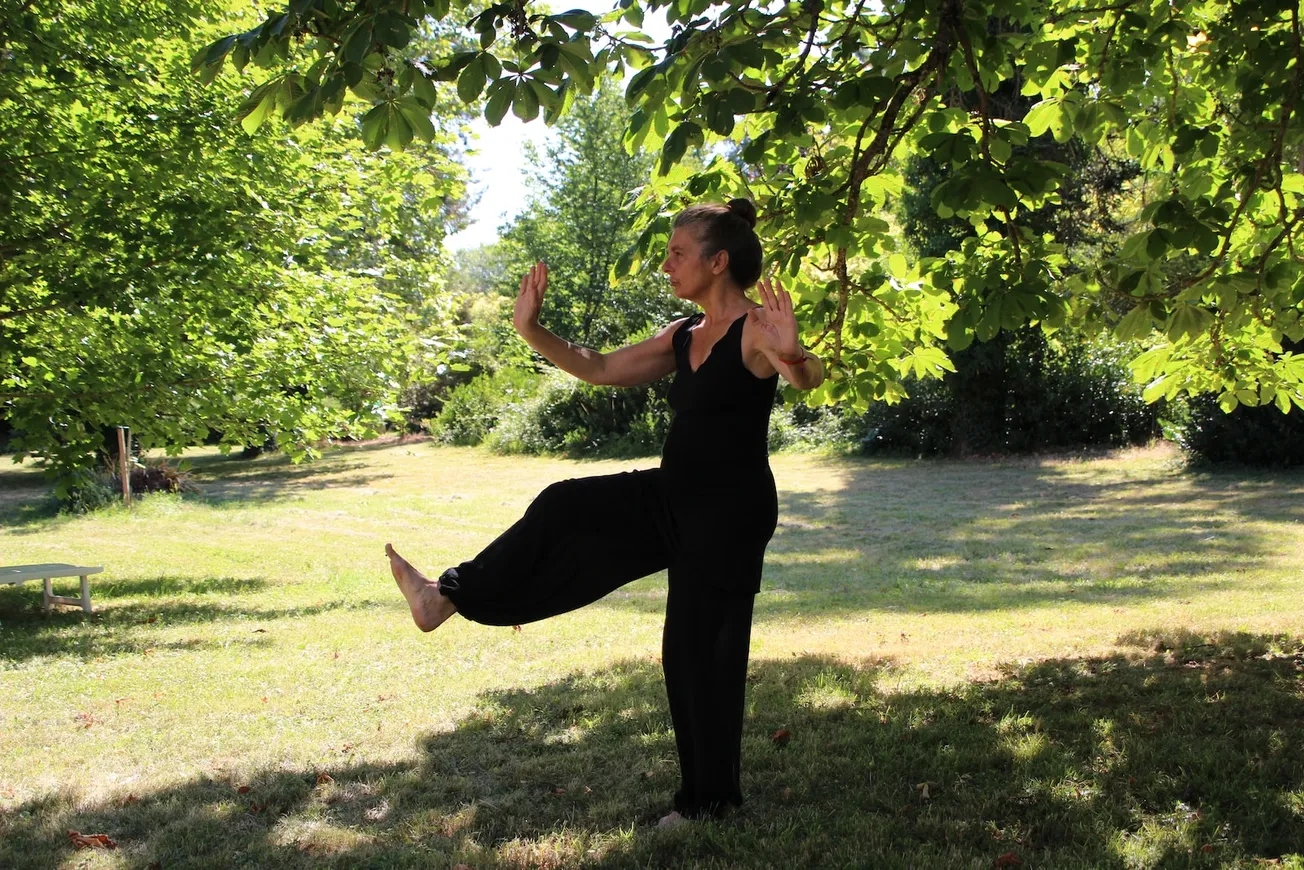Wanderer
Part II: Choosing a Vehicle
In Part I, we looked at setting the context of a life on the road. My context was poor-road, cross-border travel with no home base. I also had a few things I wasn’t prepared to let go of as little luxuries are important in life.
As an aside, I am more than capable of travelling for six months using only carry-on luggage but we are not talking here of travelling, we are talking of living mobile. There is nowhere to go home to, you are taking it with you. It’s an important distinction at this end of life.
Given my self-imposed constraints, my vehicle would need to be big. The choices then are rigid vehicle or combination towing vehicle and trailer. The license type comes into this decision, and NZTA has a number of Fact Sheets about weight limits and license classes. I’m happy to answer questions in the comments section as the guidelines are not always clear.
After looking at everything from towing two light trailers with a tractor (legal in New Zealand on a Class 1 licence but limited to 40 km/h on public roads) to rigid trucks and truck and trailer combinations, I settled on a semi-trailer and tractor unit. The cost was a consideration. And my criteria meant I would need to build my home, it would not be possible to buy it off-the-shelf.
A few thoughts on combination vehicles.
Most utes have a braked towing capacity of 3500kg, the limit of what NZTA call a light trailer. Some of the bigger ones can tow more but you will need a Class II license to drive a truck and trailer unit of 6000kg up to 12000kg. You can drive a rigid truck of up to 18 tonnes on a Class II license.
This is where license classes and vehicle types get very messy. You might have a ute that can tow 3500kg, let’s say a 4×4 HiLux. Its GVM is 3050kg, giving a GCM (Combination Mass) of 6550kg. You will need a Class II license to drive this, legally. Though the spec sheet says the GCM is 5850kg so a Class I license is sufficient. But in your calculations, you have just lost 700kg of payload you might have been counting on.
Now, if you intend to use the towing vehicle to live in or store things you need to look at payload and the weight of the trailer on the towbar as this counts as payload. Let’s consider our 4×4 HiLux again. Its kerb weight is 2100kg giving just 950kg payload. Depending on how your trailer is balanced, you could lose up to half that in the weight on your tow bar. These numbers are not exact but they do need to be taken into account when deciding on the vehicle type.
A fifth-wheel arrangement lessens the payload on the towing vehicle but uses up deck space in the ute or truck. Everything is related.
So a big part of the calculations concerns the weight of the things you want to put into the house, the non-negotiables I mentioned in Part I. For example, I used 1 kg as the weight of a book. I knew it would be less but once you are talking about 500kg to one tonne of books it doesn’t matter much if it is 575kg or 800. It quickly pushes you into a different vehicle type and weight and, therefore, license class.
My “land”, then, cost me $30 000, $16 500 for the tractor unit and $13 500 for an old furniture removal line haul trailer.
People talk to me about how expensive it must be to have to pay CoF (Certificate of Fitness, needed every six months for heavy vehicles), RUC (Road User Charges, about $450 per 1000km for the combination), and registration but I consider these to be my “Rates”. CoF and Rego are my “Council Rates”, that is, they are fixed no matter how much I travel. Even when stationary, I have to pay these so I can use the “facilities” when I wish, in this case, the roading network.
RUC are my “Water Rates”, they are variable depending on how far I drive and are related to how much diesel I use (about 30l per 100km).
Maintenance is maintenance; keeping the chassis clean and/or removing rust is like re-piling a house or cutting out dry rot. Fixing leaks, and repainting, are all just part of owning a home.
As far as the license is concerned, once the vehicle type was chosen it was just a matter of finding the easiest and cheapest way to get the license I needed to drive it. At the time, all I knew was that I would need at least a Class II license, then, through a strange set of circumstances, I found a one-semester course being run at the Tokoroa Campus of Toi Ohomai. If you entered with a Class II learner’s permit, you would pop out the other end with a Class IV Full license, as well as Forklift, Dangerous Goods and various other endorsements. Class IV allows you to drive a heavy rigid vehicle of any weight and it can tow a light trailer (up to 3500kg).
The course was free, it was part of the scheme to encourage more people into the transport industry, and I could get the Student Living Allowance so I had a no-expense preparation for my life on the road. And I got to spend a year in Tokoroa!
I found myself being taught by people with heaps of transport industry experience so conversations about trucks came easily. And I actually bought the truck and trailer while on the course, following their advice on makes and models. The tractor unit is a 2002 UD CK330, single drive axle, 12.5 litre engine driving a 15-speed Road Ranger box on air suspension. The trailer is a 1983 Hales trailer with a Mercedes Benz plate on the back. Its GVM is 16 500 kg, tare weight about 6000kg so I have plenty of leeway in terms of payload. Because it was an ex-furniture removal trailer it also has air suspension.
We came to an arrangement whereby I sat and passed my Class V license after the formal course had finished. You need to sit a different learner’s test for combination vehicles and wait three months before moving to a full license. This corresponded with the COVID lockdowns, there was a bit going on…The logistics of all this were, interesting.
And, of course, I now have another means to earn a living should I wish. I can well imagine parking up in a transport yard and driving someone else’s truck for them during the day. The drive “home” would be short.
Back to the house.
At the time of purchase, I had neither the tractor unit nor the license necessary to haul the trailer from where it was to where I needed it so I simply contacted a haulage company to do that for me. A bit like using a house removal company to put the house you want on the land you have.
Eventually, I had my house and the means to tow it all in the same place. Now to build it which we’ll cover in Part III.
One thing before finishing. While buying the trailer, there was much research going on in the background around battery banks, inverter/chargers, water tank capacity (and sizes and shapes of tanks), gas and electricity (AC and DC), cooking facilities, wood burners, self-containment rules, and how to design bookshelves.
Getting the internal dimensions of the trailer was very important to seeing if everything would fit into it, and how. I had a lot of furniture from the houses we had lived in that I saw no reason not to reuse where possible. After all, I had a large aluminium box 11m long, 2.3m wide and three different floor levels giving heights of 2.3, 3.2 and 2.7m from front to back. With the mezzanine we put in over the 3.2m high area, I have 29sqm of living space plus decks. It’s the size of a studio apartment. With the decks down, I have another 11sqm of “balcony”. Forty square metres of living space I can take to anywhere I want, within reason, is a pretty nice position to be in.
The design phase was like a game of 3D Tetris. Quite a lot of fun, actually.









